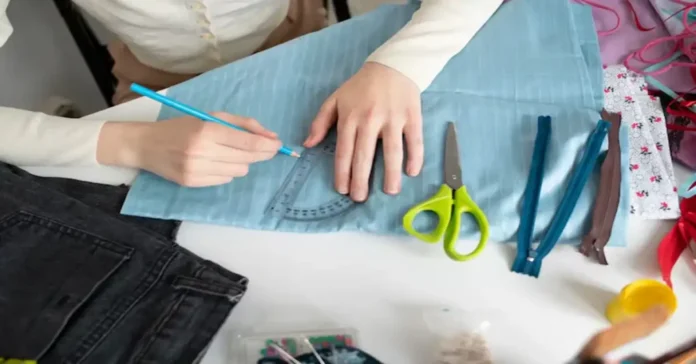The term Nahttypen comes from German, where Naht means seam and Typen translates to types. Together, it refers to the different kinds of seams used in textiles, tailoring, and garment construction. Seams are the backbone of clothing and fabric design, as they not only hold pieces of fabric together but also influence the overall durability, appearance, and functionality of the finished product. Exploring Nahttypen provides insight into the art of sewing and the technical decisions that go into every piece of fabric-based creation, from fashion garments to upholstery and industrial textiles.
The Importance of Seams in Textiles
Seams are much more than simple lines of stitching; they are structural and aesthetic elements that determine how a garment feels and functions. Strong seams ensure that clothes withstand wear and tear, while decorative seams enhance visual appeal. The choice of seam type often depends on the fabric used, the intended purpose of the garment, and the balance between durability and style. For example, denim jeans require strong, reinforced seams, while delicate silk blouses rely on lightweight, nearly invisible seams that preserve elegance without compromising strength.
Common Types of Seams (Nahttypen)
There are several seam types, each serving a distinct purpose in sewing. The plain seam is the most basic and widely used, where two pieces of fabric are stitched together and pressed open. French seams, on the other hand, enclose raw edges within the seam, giving garments a neat, polished finish ideal for lightweight fabrics. Flat-felled seams, often found in jeans and workwear, provide extra strength by folding and stitching down raw edges. Overlocked seams use special machines to prevent fraying, especially on knit fabrics. These variations show how seam types balance utility, comfort, and aesthetics.
Seams as a Reflection of Craftsmanship
The type of seam chosen can also reflect the craftsmanship of the maker. A garment with carefully constructed seams shows attention to detail and mastery of sewing techniques. High-end fashion often incorporates complex seams to maintain both form and structure without sacrificing beauty. In contrast, mass-produced clothing may rely on faster methods like overlocking for efficiency. Nonetheless, every seam type carries its own role, and understanding them allows both professionals and hobbyists to appreciate the finer details of garment construction.
Practical Applications of Different Seam Types
Beyond fashion, Nahttypen play a critical role in other fields like upholstery, outdoor gear, and industrial textiles. For instance, tents and waterproof jackets use sealed seams to prevent water penetration, ensuring functionality in harsh weather. Upholstery often relies on reinforced seams to withstand constant use, while medical textiles may require specialized seam types that maintain hygiene and durability. These examples highlight how seam choice goes beyond style and contributes directly to performance and safety.
Conclusion
The concept of Nahttypen emphasizes that seams are fundamental to fabric construction, going far beyond stitching two pieces of material together. Each seam type brings with it unique qualities—strength, elegance, flexibility, or protection—that make it suitable for specific fabrics and purposes. Understanding seam types not only deepens appreciation for craftsmanship but also helps designers, tailors, and textile enthusiasts make informed decisions in their work. Whether in high fashion, everyday clothing, or technical applications, the right seam type can transform both the quality and longevity of a fabric creation.


